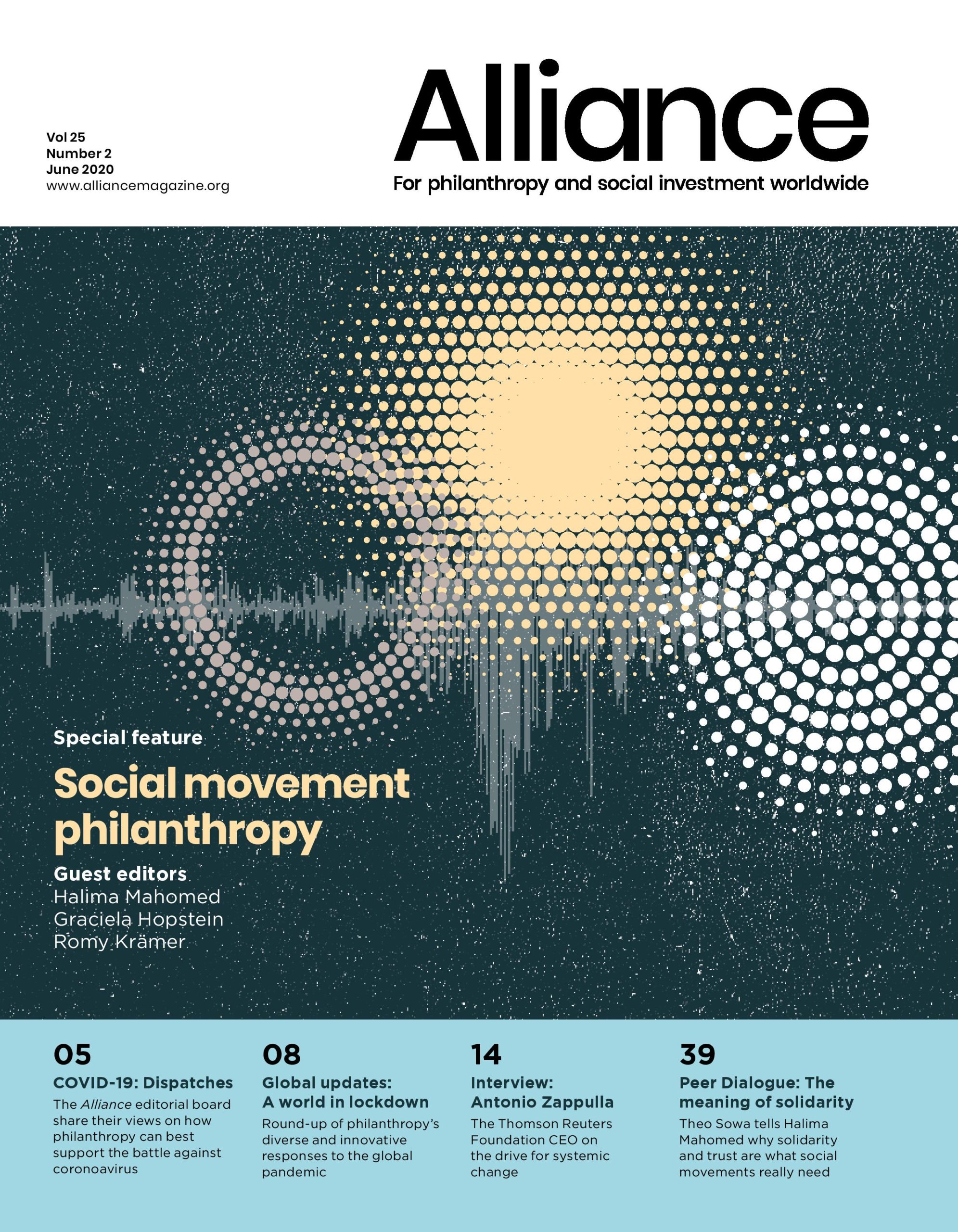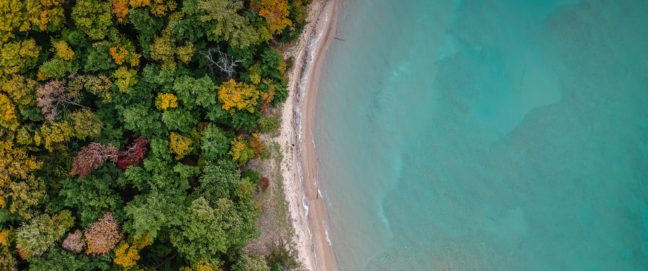Intersex issues are human rights issues. So where is the funding for our movement?
According to the UN at least 1.7 per cent of the global population, or, as of 2020, more than 132 million people were born with intersex traits, that is, with sex characteristics that don’t fit typical definitions of male and female. Even now, in many countries, intersex infants, children and adolescents are subjected to surgery and treatment to try to change their sex characteristics and appearance, causing terrible physical, psychological and emotional pain.
Trauma, taboo, secrecy and shame
Until the mid-20th century intersex individuals were rarely subjected to unwanted surgery. Then, in the 1950s, in an era when pressure to conform to social norms was often unyielding, infants born with so-called ‘atypical’ genitalia were increasingly subjected to surgical procedures such as clitoral reduction, vaginoplasty, gonadectomy and hormonal treatment, primarily to ‘normalise’ gendered appearance. At the same time, the existence of intersex people was made invisible, with doctors telling parents to not disclose their child’s variation to anybody, including the child themselves. Intersex adults would be told that they were a singular case. Trauma, taboo, secrecy and shame became, and still are, constant companions of intersex people.
In the early 1990s some of the intersex individuals who had been treated as infants and children in the 1950s and 1960s found the strength to speak up. But their reports about the physical and psychological impairments resulting from these unconsented interventions were met with overwhelming disbelief by society, doctors and law- and policy-makers.
The beginnings of a movement
In the early 2000s, however, the intersex movement started to grow, with the internet allowing for anonymous research and providing a safe space for reaching out to other intersex people. From these online encounters in a climate of isolation and stigma, the global movement developed: the intersex-led organisations emerging since 2003 were connected internationally and regionally, not locally.
Structural and societal discrimination heavily affects intersex people’s lives, including access to health services, education, employment and a social life.
In 2011, the first International Intersex Forum, initiated by intersex activists and facilitated by ILGA-Europe and ILGA World was the first event to bring these activists together face to face, with 24 people from 17 intersex organisations across the world attending. More global and regional meetings followed, including the landmark third forum in 2013, with 34 activists representing 30 intersex organisations from all continents. One of its outcomes was the ground-breaking Malta Declaration, a set of joint demands which since then has been endorsed by the intersex community across the world.
Today, the movement has grown significantly in national, regional and global organising. Awareness about human rights violations faced by intersex children, youth and adults has increased and Intersex Genital Mutilation (IGM) has been recognised as a harmful medical practice at UN level. UN treaty bodies, the Council of Europe, the European Union and the Organization of American States as well as international human rights bodies, political decision-makers and civil society are increasingly recognising the human rights abuses faced by intersex people.
The 2017 Astraea Lesbian Foundation for Justice/AJWS/GATE report The State of Intersex Organizing confirmed the key role that intersex-led organisations and their expertise play in this change. And it showed how diverse their work is: 85.4 per cent of the organisations or groups engage in advocacy, community organising or health provider educational activities. Almost three-quarters provide peer support, social services or engage in individual-level advocacy.
Funding
However, the available funding does not match these achievements. According to the 2015-16 Global Resources Report, which collects data on LGBTI funding, total funding available for intersex work in 2013-14 was $709,807 globally, with $647,127 for sub-Saharan Africa, $181,200 for the US and Canada, $13,680 for Latin America and the Caribbean – and nothing for Western and Eastern Europe, Russia, Central Asia, the Middle East and North Africa, Asia and the Pacific.
In 2015 the Intersex Human Rights Fund, created by Astraea, was the first fund to globally support intersex-led human rights groups with core funding up to $10,000. This funding boosted the development of the intersex movement worldwide. But although funding with a specific focus on intersex communities increased to $2.4 million in 2015-16, it was still only 1 per cent of the available LGBTI funding. Of this 1 per cent, only a small fraction went to intersex-led organisations. This situation has not changed as of date.
In the early 2000s the intersex movement started to grow, with the internet allowing for anonymous research and providing a safe space for reaching out to other intersex people.
The 2017 Astraea/AJWS/GATE report found that many intersex-led human rights organisations had applied for funding unsuccessfully. About half (52.8 per cent) of those organisations reported that donors told them that intersex people were not a key population for their work and some donors said that LGBTI funding was not part of their portfolio. Due to lack of opportunity and human resources, very few organisations and groups applied for or received any form of government funding.
But intersex issues are not only LGBTI issues, they are also part of children’s and women’s rights issues: cosmetic surgery most often happens in infancy and childhood, and many intersex children are assigned and raised as girls, with their bodies being surgically modified to match misogynistic expectations of how a future woman has to look and function in society. Structural and societal discrimination heavily affects intersex people’s lives, including access to health services, education, employment and a social life. It is high time that intersex human rights violations were recognised by the larger philanthropic community as a pressing issue, and our movement given the support it needs.
Who are intersex people?
Intersex people are born with sex characteristics that don’t fit typical definitions of male and female. These variations can show themselves at different times: prenatally, at birth, during childhood, in puberty or in adulthood. Equally, a person may realise at different stages that they are intersex. Some might never even know that they are intersex.
Trauma, taboo, secrecy and shame became, and still are, constant companions of intersex people.
In 2015, the EU Fundamental Rights Agency found that in at least 21 out of 28 EU Member States cosmetic surgeries were performed on intersex infants and children.
OII Europe
OII Europe is the European umbrella organisation of human-rights-based intersex organisations with members in 20 Council of Europe Member States across all sub-regions. OII Europe works on the promotion of self-awareness, visibility and recognition of intersex people in Europe and worldwide.
Dan Christian Ghattas is executive director, Organisation Intersex International (OII) Europe.
Email dan@oiieurope.org
Twitter: @oiieurope







Comments (0)